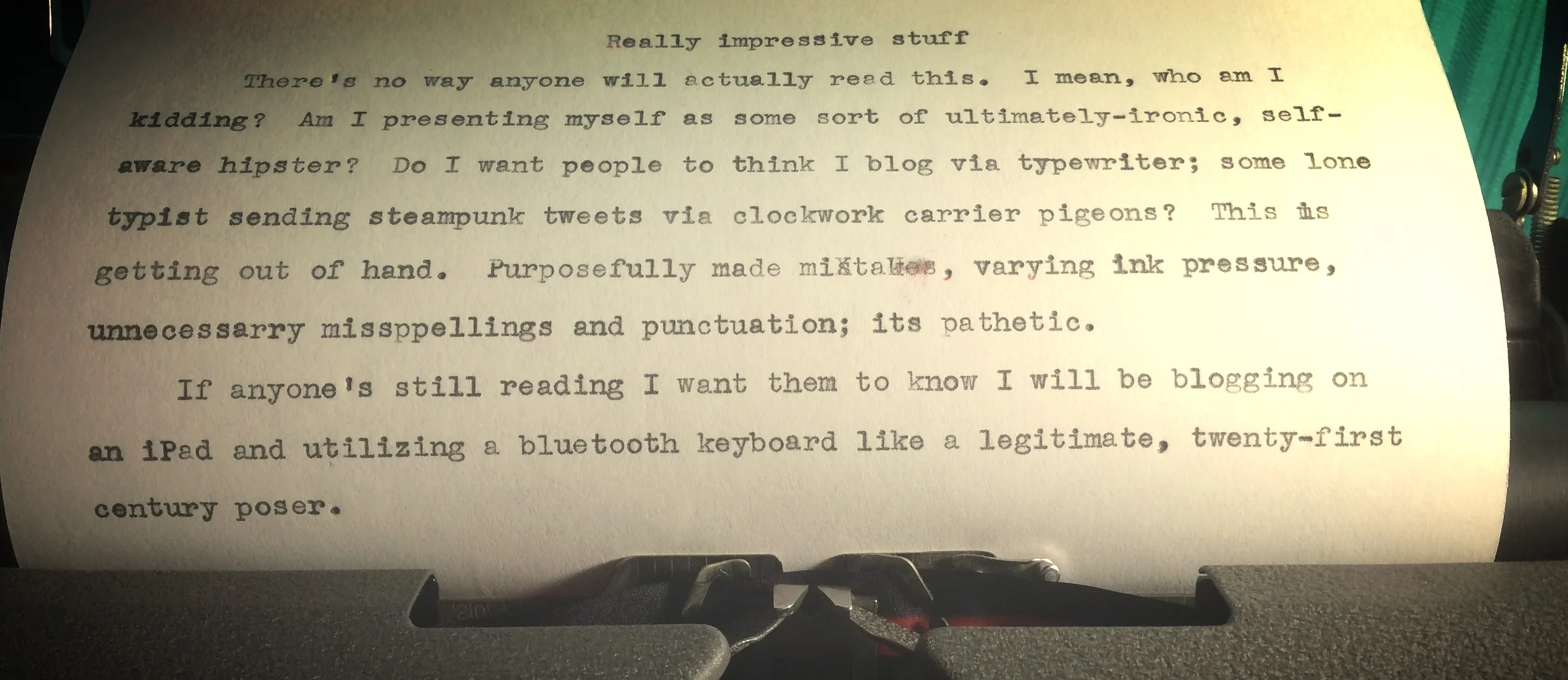Faking Depth
/Recently my friend Mr. Dill (Robert Edward Dill III for the uninitiated) was showing me some photos he's taken. Scrolling through the multitude of pictures in locales both familiar and unknown to myself I stopped on a picture that looked like it could have been taken in a recently abandoned desert town. Most of the shots in this particular series were from factories, streets, and bodies of water in and around Richmond, Virginia; but I was nonetheless surprised when he told me the photo I was examining had been taken mere blocks from where we stood. He's snapped some doozies for sure, but this one remains one of my favorites.
Having just started lofidragon.com and itching to start creating new content, I decided I wanted to try to make some sort of 3d model out of this photo; both to feature Mr. Dill's awesome shot and to try out a new idea I was formulating.
I am a fan of integrating hand-drawn art into 3d environments built out of photos, but typically a set in one of my scenes would be created by placing multiple photos in different positions and trying to hide the seams. It's a process not unlike building a virtual house of cards. With this picture, however, I was curious just how much I could create using one image and cutting it up to create the illusion of depth. There were several ideas I debated testing (some of which I will utilize in later animations) but I landed on one inspired by my fifth grade teacher Mr. Mac.
When it was time to teach us how sonar functioned (side note: I feel like a teacher had more control over their curriculum back in the day) he broke the class into small groups and presented each group with a shoebox. The box's lid was taped shut and sported a matrix of pencil-thick holes along its surface. Inside, he said, was a chunk of dried clay terrain with an uneven topography. Each group's box contained a different piece of faux sea floor, and it was up to us to make models out of construction paper representing what we thought our terrain looked like. We made notches in pencils, lowered them through the holes, recorded our measurements, and drew crude graphs.
Besides being a novel and memorable activity, it taught us a very basic lesson about data collection. The denser the grid, the more accurate our models. What I wanted to do with Mr. Dill's photo wasn't the same as measuring depth with pencils, but the end result would be similar. I would arrange plates created from the original photo in order to create a crude representation of the 3d space depicted in the 2d image. The first step was essentially just very careful erasing.
Having never attempted anything quite like this I made many mistakes and creating these "plates" took about twice as long as it should have (notice how the same power lines appear in three of the above photos). Once I had about 20 images I stacked them carefully in Motion, set up a virtual camera, and played around with depth of field settings. I posted a test video, but that's just a proof of concept.
I would like to use more photos to create fly-throughs and sets for animated characters to inhabit. Lessons were learned. What comes next will be even better.







